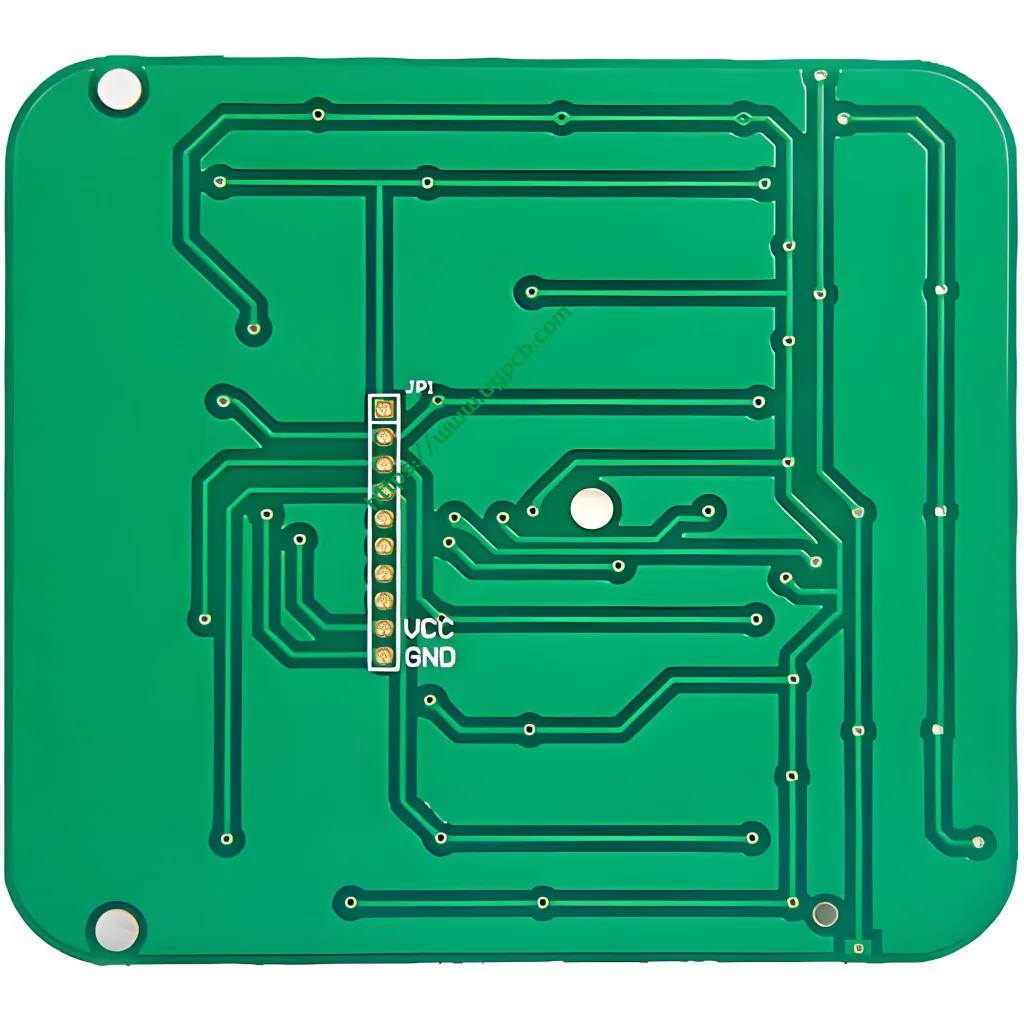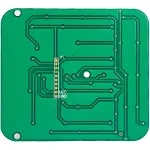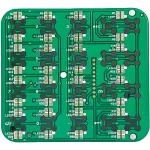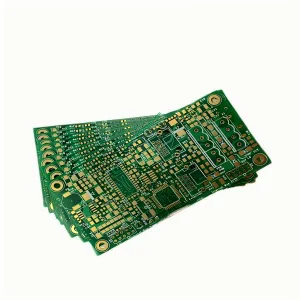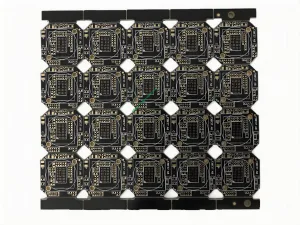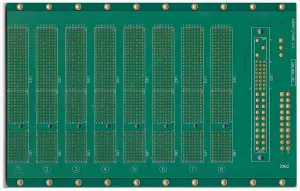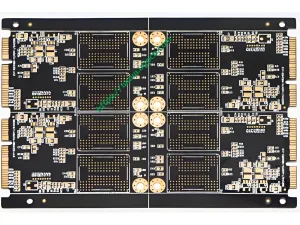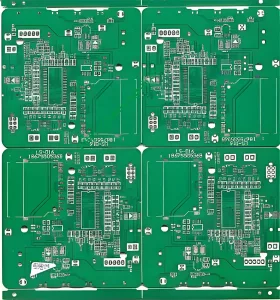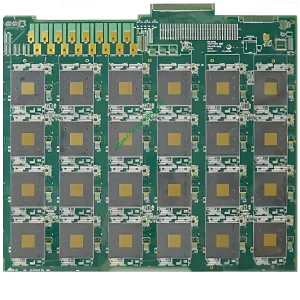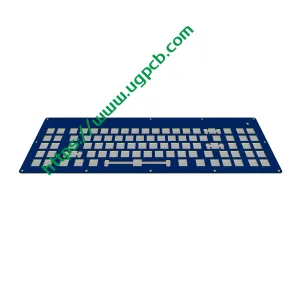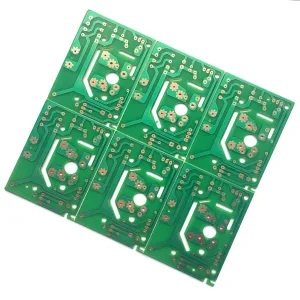Overview of Carbon Ink PCB
Carbon ink PCB (circuit imprimé) is a PCB where carbon-based conductive ink (referred to as carbon ink) is coated on the PCB substrate and cured to form a PCB with a carbon film conductive pattern. As the market demands for reducing PCB production costs continue to rise, replacing expensive golden keys with carbon oil keys has become a general trend. Carbon oil board is a commonly used surface treatment method for single and double PCBs, ensuring reliable long-term operation through processes like inspection, essai, and burn-in testing.
Characteristics and Uses of Carbon Ink PCB
Properties of Carbon Ink
Carbon ink exhibits strong adhesion, peeling resistance, et résistance à l'usure, withstanding up to ≥1 million cycles and a resistance change rate ≤10%. Compared to other metals, the square resistance of conductive paste is relatively large, but the carbon oil plate’s square resistance can generally be controlled at ≤ 20 ohms, offering high cost-performance. Conductive pastes are crucial for electronic component packaging, electrodes, and interconnection, primarily comprising aging conductive paste and curing conductive adhesive (conductive ink).
Applications of Carbon Ink PCB
Carbon oil sheets are utilized in thin film circuits, mobile phone soft circuits, équipement médical, communication devices, électronique automobile, smart label RFID, and numerous other industries. In the circuit board industry, they are predominantly used in calculators and remote controls, replacing processes like copper plated hole, silver paste hole filling, and copper paste hole filling. Environmentally friendly and low-cost carbon paste hole filling represents the mainstream trend in circuit board development. Notamment, Microsoft uses carbon oil to fill holes on power boards, fully replacing double-layer boards with copper-plated holes.
Printing Carbon Oil Production Capacity
Carbon Ink Gap
Due to carbon oil’s excellent electrical conductivity, a gap is necessary on the finished board to prevent short circuits. Typiquement, the minimum clearance for the finished product should be 8mil (HOZ bottom copper) and 12mil (1-3oz bottom copper), increasing if the film is opened.
Minimum Alignment Tolerance
The minimum alignment tolerance for carbon oil is +/-6mil.
Carbon Oil Window Size and Copper Pattern Gap
Considering alignment tolerance and oil leakage, to ensure no copper exposure, the carbon oil must be 6mil (HOZ bottom copper) or 8mil (1-3OZ bottom copper) greater than copper pads on one side. A gap of 6 mil (HOZ bottom copper) et 8 mil (1-3OZ bottom copper) is required between the carbon oil window and surrounding copper pattern to prevent the carbon oil from covering it and causing short circuits.
Carbon Oil Thickness
- First Silk Screen Carbon Oil Thickness: 0.3-1.0mil, tolerance: +/-0.3mil. If a thickness greater than 1.0mil is required, the carbon oil needs to be reprinted twice.
- Secondary Reprinted Carbon Oil Thickness: 1.0-2.0mil, tolerance: +/-0.4mil. The second reprint carbon oil film is 3mil smaller than the first, necessitating two sets of tools on the MI.
 LOGO UGPCB
LOGO UGPCB

